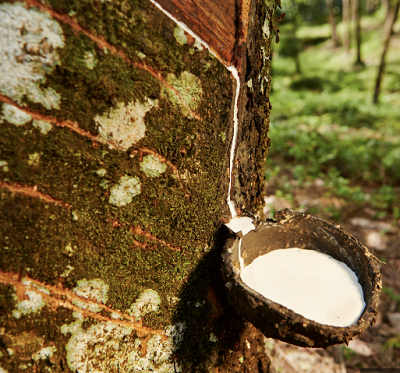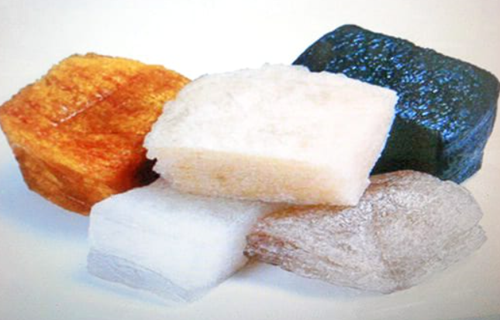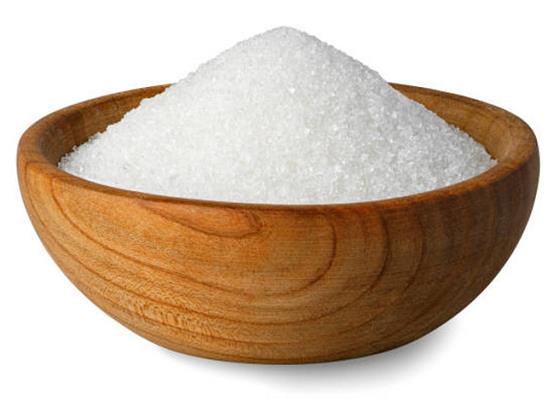What is the melting point of Rubber
Rubber has a melting point, but there is no fixed melting point because different types of rubber may have different melting points.
Rubber is an elastic substance obtained from the exudations of certain tropical plants (natural rubber) or derived from petroleum and natural gas (synthetic rubber). Because of its elasticity, resilience, and toughness, rubber is the primary constituent of the tires used in automotive vehicles, aircraft, and bicycles. More than half of all rubber produced goes into automobile tires; the rest goes into mechanical parts such as mountings, gaskets, belts, and hoses, and consumer products such as shoes, clothing, furniture, and toys.

Rubber has high melting points, which means it requires significant heat to melt. Rubber comprises long, chain-like molecules held together by strong chemical bonds, making it resistant to freezing at average temperatures. Rubber melts at around 365 degrees Fahrenheit. However, it will burn at even higher temperatures. The melting point of rubber is lower than that of most materials, which makes it quite compatible with use in different conditions. However, on average, the rubber melting temperature depends on the type of rubber you are using. For example, natural rubbers have a melting point of around 47.5 degrees Celcius, while synthetic rubbers have a melting point closer to 50 degrees Celcius[1-2].
References
[1]https://firesafetysupport.com/what-temperature-does-rubber-melt.
[2] https://www.britannica.com/science/rubber



